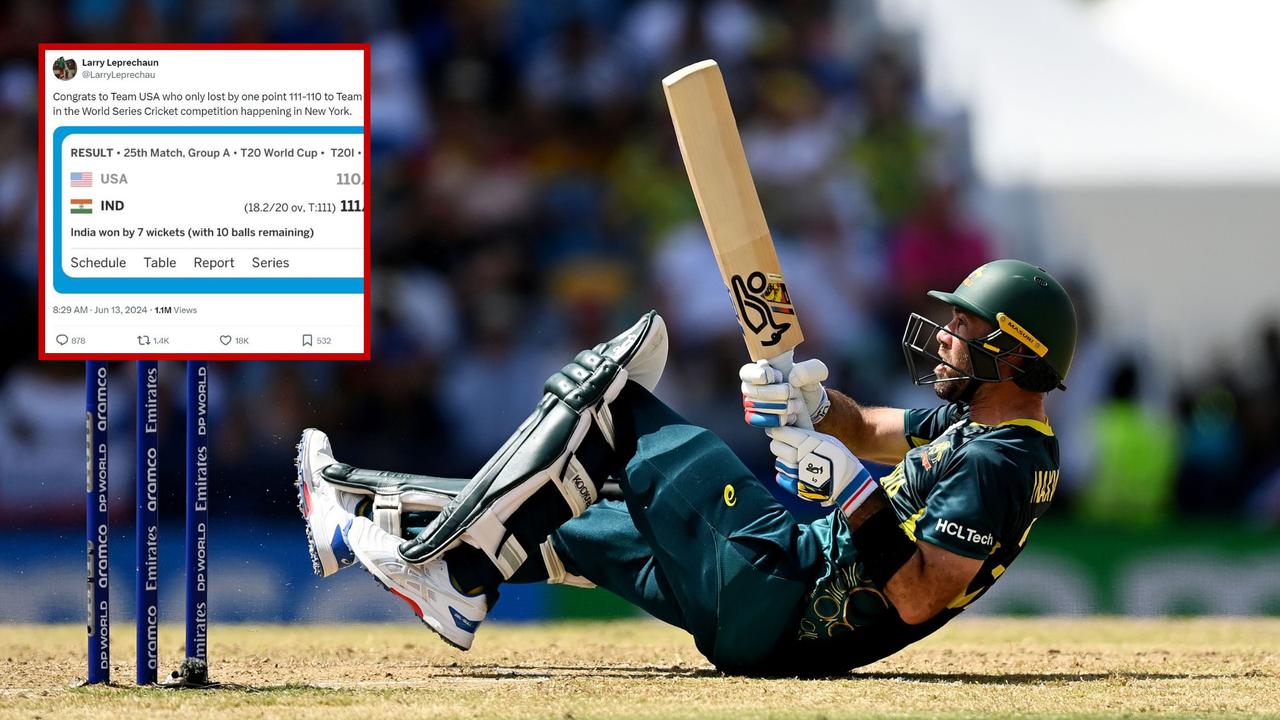Cricket
‘What the f*** is this?’: Simple cricket details US can’t grasp

Take it from an Aussie married to an American, it’s best to start any conversation with someone from the United States with the assumption they no extremely little about anything outside their own borders.
Americans are some of the world’s best hosts, but they’re awful travellers and often consider the rest of the world – and its interests, including sport – to be subpar to their own backyard.
So asking them to pick up the nuances of cricket while they co-host the T20 World Cup was like requesting they vote for a president that’s younger than Dennis Lillee. They wish they could, but it’s not happening anytime soon.
Case in point: Last year I watched all 30-odd days of Australia’s gripping Test tour of England while living in the States and regularly found my father and brother-in-law rushing to the living room when they heard me reacting to the fall of a wicket.
They continually asked questions in an attempt to understand why I was shouting so loud and what was going on – and across the World Test Championship final against India and five memorable matches against the Poms, I thought we were getting somewhere.
But then late in the Fifth Ashes Test – around day 28 of us watching together – one of them asked – “oh, are there two batters batting at the same time?”. And we all decided not to take their education any further.
No doubt many more cricket lovers living in the US are feeling this pain as the pinnacle of the game’s shortest version plays out in New York, Florida and Texas.
More Americans are asking more cricket questions than ever before, sparked by the early success of their own team in matches against Canada and Pakistan.
It reached somewhat of a fever pitch as the USA took an undefeated record into its match against global powerhouse India this week – and there was one basic detail the Americans just couldn’t understand.
“What the f**k is this scoring system,” one frustrated viewer tweeted as India reached 2/33 from six overs in its chase of the USA’s score of 8/110. “What does this even mean?”
It sparked a wave of replies – and many attempts to explain the situation.
“It means it’s over for you,” wrote one, to which the original poster replied “but our number is bigger??”
When the match was finished and India had cruised to a seven-wicket win with 10 balls remaining, another declared: “I guess we lost but still no clue what this means. They won by 7 wickets? But where is a 7? I hope we become truly great at this sport, but there is a good chance I never bother understanding it.”
Even some of America’s sports journalists are either struggling to understand what’s happening – or being forced to use descriptions their audience will be able to grasp.
The Athletic baseball scribe Grant Brisbee referred to a batter as a “paddle man” in a recent piece, while the Washington Post reported how breakout USA star Saurabh Netravalkar had led his team to a historic win against Pakistan in “overtime”.
So perhaps cricket has as much of a chance of winning this battle as the NRL does in getting locals to understand the difference between league and union.
At least cricket has some clear air in which to grab the American sporting public’s attention as a one-sided NBA Finals heads towards a Boston sweep and football season remains months away.
And hopefully their first real taste of the game ends like it has for most cricket fans across the years – watching an Australian team lift the trophy.


)






